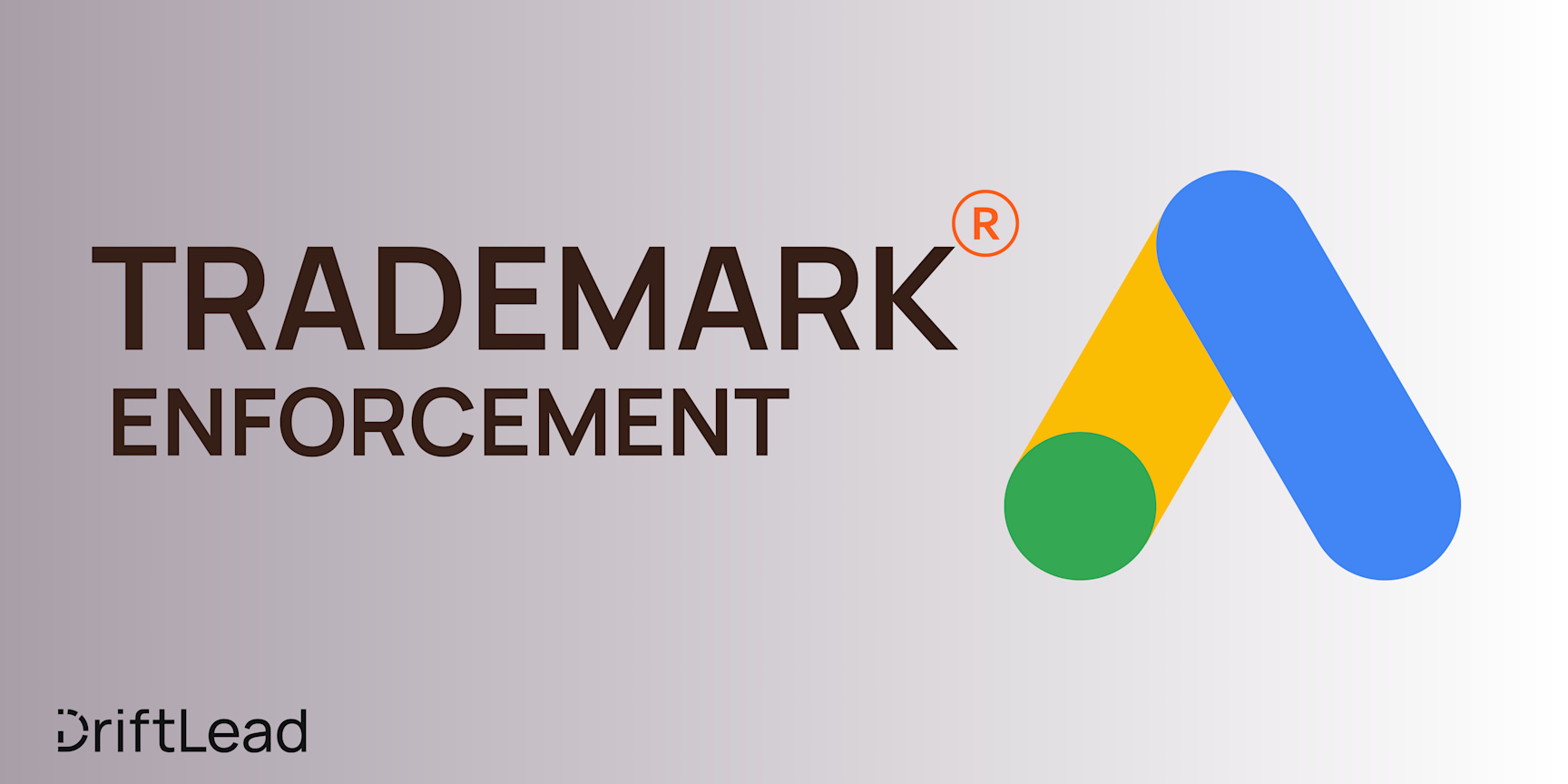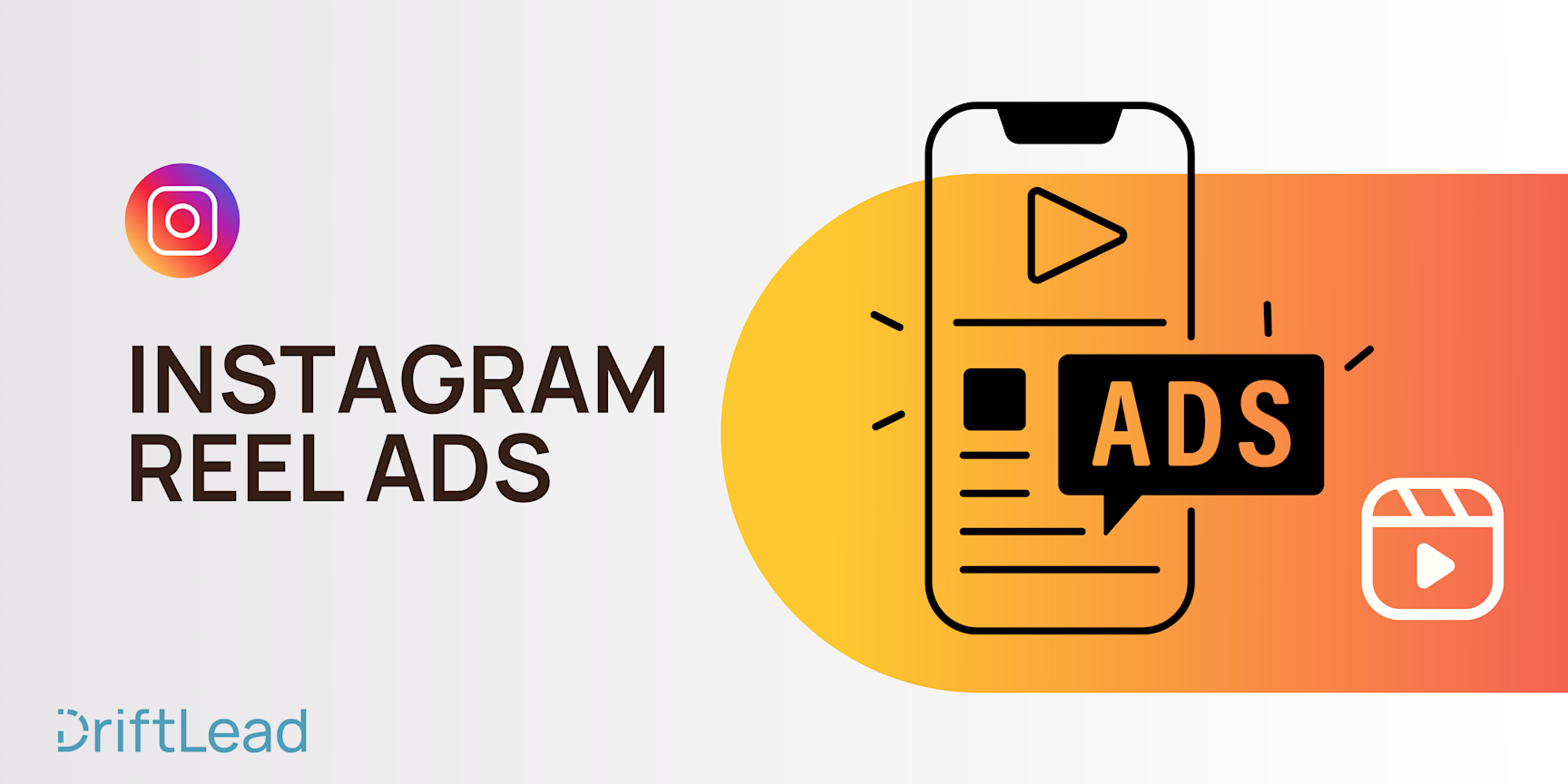How to Handle Amazon Attribution for Google Ads
07 Feb, 2025
Learn how to measure and optimize non-Amazon marketing campaigns for your Amazon products. Boost ROI, drive sales, and gain valuable insights with our comprehensive guide to Amazon's powerful analytics tool.

Jump to:
Hop on our weekly newsletter train! We're sharing tips so stellar, we're practically job-threatening ourselves!
If you’re running Google Ads for products sold on Amazon, you’ve likely hit a wall when it comes to attribution. Traditional metrics like clicks and impressions don’t tell the full story—you need to connect the dots between your ads and Amazon sales. As it turns out 68% of shoppers start product searches on Amazon after seeing the product or ad elsewhere. So how are you to know how your ads are actually performing?
In this guide, we will dive into the Amazon Attribution, the secret weapon for brands tired of flying blind. We’ll cut through the complexity and show you how to master Amazon Attribution like a pro, turning vague guesses into actionable insights. Ready to stop throwing ad spend into the void? Let’s dive in.
Why Amazon Attribution Matters
If you’re running Google Ads for products sold on Amazon without using Amazon Attribution, you’re basically throwing confetti at a spreadsheet and calling it “data.” 🎉 Here’s why this tool is a game-changer for performance-focused marketers.

The Attribution Black Hole (And How to Escape It)
Traditional Google Ads metrics tell you someone clicked your ad—but they go radio silent if that user hops over to Amazon. Last-click attribution? It’s like crediting the last person who touched a football for the entire touchdown. As, we mentioned earlier, 68% of shoppers start product searches on Amazon after seeing the product or ad somewhere else. This means that if your product is sold on Amazon AND you are running Google Ads, a good chunk of purchases are being lost in the abyss.
The Google vs. Amazon Cold War (And Why You Win)
Google and Amazon might be rivals, but Amazon Attribution is your diplomatic passport. It reveals:
Full-funnel impact: See how upper-funnel keywords actually drive sales
New-to-Brand metrics: Track customers who discovered you via Google but bought on Amazon
Creative insights: Learn which ad angles (i.e: price vs. benefits) convert browsers into buyers
Full-Picture ROI: Understand how your ad spend is actually impacting your bottom line
How to Set Up Amazon Attribution
Alright, let's roll up our sleeves and dive into the nitty-gritty of setting up Amazon Attribution. Don't worry – it's not as daunting as deciphering Amazon's A9 algorithm. We'll break it down step-by-step, sprinkle in some pro tips, and have you tracking those elusive off-Amazon clicks faster than you can say "Buy Box."
1: Access Amazon Attribution
Sign in to the advertising console and navigate to "Measurement and Reporting" in the global navigation. Select "Amazon Attribution", then go to the campaign manager and click "Create campaign".
2: Choose Your Campaign Creation Method
You have two options:
Create manually: Input campaign details and generate tags one by one.
Bulk upload: Create multiple tags at once for Google search and Facebook/Instagram ad campaigns (up to 100,000 Google search keywords or 8,500 Facebook/Instagram ads).

3: Set Up Your Campaign and Add Products
Add a campaign name that reflects your objectives (e.g., "Bestseller_Promotion_Spring2025").
In the products pane, select the products you want to measure. Only in-stock products with photos and prices are eligible.
Choose products that align with your campaign goals, such as bestsellers or new launches.
4: Create Ad Groups and Generate Attribution Tags
Click "Create ad group" within your campaign.
Provide an ad group name based on where and how the tag will be implemented (e.g., "Facebook_Video_Ad_Spring2025").
Select the publisher from the dropdown (e.g., Facebook, Google Ads). If not listed, choose "New" and enter the name.
Choose the appropriate channel (video, display ad, search, etc.).
Enter the click-through URL (Amazon destination for customers after clicking your ad).
Click "Create" to generate your unique Amazon Attribution tag.
On the confirmation screen, copy the generated tag or download all tags as a CSV file.
5: Apply Attribution Tags
Replace the destination URL in your external ad campaign with the newly generated Amazon Attribution tag. Do this for each individual ad, link, or button within your non-Amazon media.
Pro Tip: Create a unique tag for each element of your marketing strategy to get granular insights into performance.
How to Set Up Amazon Attribution Via Bulk Upload
Let’s cut through the complexity of scaling your attribution tracking. Bulk upload is your ticket for efficiently measuring large campaigns across Google Search or Facebook/Instagram. Here’s how to set it up like a pro.
1: Access Bulk Upload in Amazon Attribution
Sign in to the Amazon Advertising Console
Navigate to Measurement & Reporting > Amazon Attribution
Click “Create Campaign” and select “Upload a file to create in bulk”
Pro Tip: Use this method if you’re managing:
100,000+ Google Search keywords
8,500+ Facebook/Instagram ads
2: Download Your Bulk File Template
In the “Bulk Upload Settings” section:
Select
“Google Ads” for search campaigns
Choose “Facebook/Instagram” for social ads
Download the platform-specific template (XLS/XLSX).
Note: Templates differ by platform. Google requires keyword-level data, while Facebook/Instagram needs ad-level details.

3: Prepare Your Bulk File
For Google Search Campaigns:
In Google Ads Report Editor:
Go to Reports > Custom > Table
Select columns: Campaign, Ad Group, Keyword, Match Type, Final URL
Export the report and paste data into the “Keywords” tab of Amazon’s template (columns A-H).
For Facebook/Instagram Ads:
In Facebook Ads Manager:
Select campaigns to measure
Click Export & Import > Export Selected/All
Copy data into the “Ads” tab of Amazon’s template (columns A-J).
Critical Check:
Ensure Final URLs match your Amazon product/Store pages
Remove duplicate entries to avoid tag conflicts
4: Upload & Validate Your File
Return to Amazon Attribution’s “Bulk Upload Settings”
Upload your completed template.
Fix flagged errors (e.g., invalid URLs, missing columns) immediately.
Re-upload corrected files until validation passes.
Common Pitfalls:
Mismatched ASINs in URLs
Missing match types for Google keywords
Ads linking to non-Amazon destinations
5: Map Products to Campaigns
In the Products Pane:
Select in-stock items with photos/prices
Group products by campaign objective (e.g. Spring Sale Bestsellers)
Use “Brand-to-Product Mapping” (under Access & Settings > Brands) to:
Add missing products
Remove unrelated ASINs
Why This Matters: Including multiple products per campaign reveals which items convert best post-click.
6: Implement Tags in Your Ad Platform
After Amazon processes your file (~10 minutes), download the
“Attribution Tags” CSV
Apply tags to your campaigns:
Google Ads:
Navigate to Keywords > More > Upload
Match tags to corresponding keywords
Facebook/Instagram:
Use Ads Manager > Export & Import > Import Ads
Replace destination URLs with Amazon Attribution tags
Key Benefit: Existing tags auto-update if you re-upload files later.
7: Troubleshoot & Validate
Wait 24-48 hours, then check:
Clicks discrepancy: Compare date ranges; ensure tags aren’t reused across creatives
Conversion data: if no conversions, verify ASINs are mapped to campaigns correctly
Industry Insight: A 10-20% variance vs. platform metrics is normal due to click-counting differences.
Deciphering the Data:
Amazon Attribution’s dashboard is just the starting point. To truly grasp what’s working (and what’s bleeding budget), you may choose to:
Build Custom Dashboards Sync Amazon Attribution data with tools like Google Looker Studio or Tableau. Layer in:
Ad spend from external platforms
Amazon organic sales trends
Inventory levels for promoted products
Map the Customer Journey Create flow diagrams showing:
Which ads drive initial Amazon searches
How users navigate between products post-click
Drop-off points between detail page views and purchases
Tools like Miro or Lucidchart turn abstract data into actionable visual narratives.
Leverage Heatmaps Overlay campaign performance data onto:
Keyword clusters (reveal untapped long-tail opportunities)
Geographic regions (identify high-converting locales)
Time-of-day patterns (optimize ad scheduling)
Closing Thoughts:
As we wrap up our deep dive into Amazon Attribution, it's clear that this powerful tool is essential for any marketer looking to maximize their non-Amazon advertising efforts. By leveraging the insights provided by Amazon Attribution, you can gain a comprehensive understanding of how your external marketing campaigns drive discovery, research, and purchases on Amazon. Key takeaways from this guide include:
The importance of setting up and implementing Amazon Attribution correctly
How to create campaigns manually or through bulk upload
Understanding the various reporting options and metrics available
Utilizing data to optimize your campaigns for better performance
Best practices to keep in mind when using Amazon Attribution
By applying these learnings, you'll be well-equipped to make data-driven decisions, improve your return on investment, and ultimately drive more sales on Amazon.
Ready to take your campaign performance to the next level? Request a free marketing plan from DriftLead to unlock the full potential of your Amazon Attribution data and supercharge your advertising efforts.






